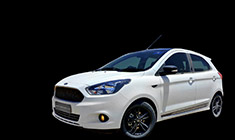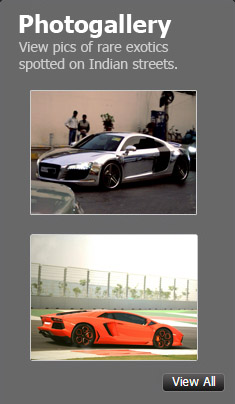News
New Tata Punch 2021: Our observations after a day of driving
The Punch should’ve had the turbo-petrol ready from day 1. When you have the ammunition in-house, why not use it??!!
Driving the Tata Punch 1.2L Petrol MT
The petrol is a 1,199cc, 3-cylinder, 12V DOHC, all-aluminium motor, which churns out 85 BHP (@ 6,000 rpm) and 113 Nm torque (@ 3,300 rpm). Let us be upfront in stating that this 1.2L NA is the weakest link in the package. It just fails to "pack a punch" above 80 - 90 km/h (city performance is acceptable, however).
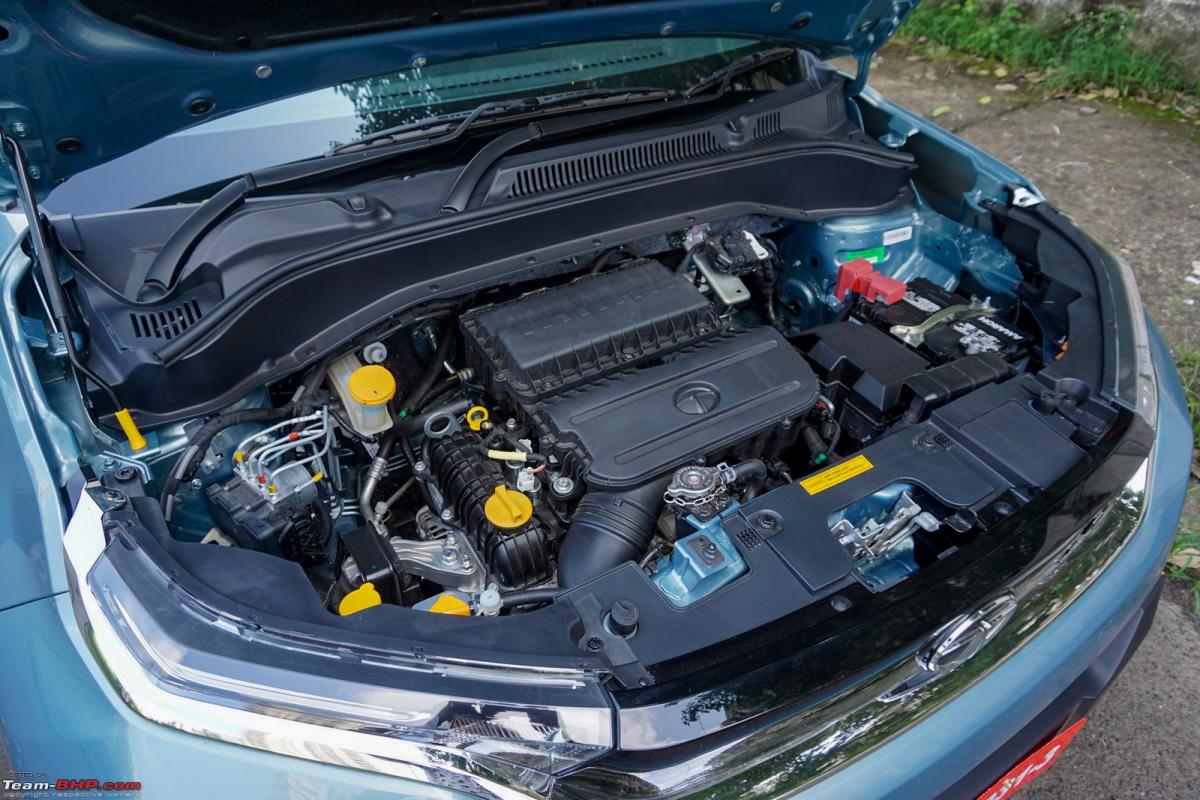
We’d mentioned it with the Altroz and it holds true for the Punch as well. Tata has royally goofed up in this department by offering just the 1.2L NA. Sure, it should be sold for the price-sensitive customers and sedate drivers, but at least as an option on the higher variants, the 1.2L turbo variant should be offered? It'll be good for Punch customers as well as for the company (fatter profit margins). Tata has said that the turbo-petrol will come if the market responds accordingly, which doesn’t make any sense. The Punch should’ve had the turbo-petrol ready from day 1. When you have the ammunition in-house, why not use it??!! We hope, like the Altroz, the Punch also eventually sees the 1.2L turbo under its hood. Else, Tata stands to lose a lot of customers who have a fatter wallet & want superior open-road performance.
Start driving and you’ll notice that the power on tap is "adequate" for city usage. The talking point is its driveability, not power. There is enough low end poke & that makes the motor practical for the city. 2nd gear over a speed-breaker is no sweat at all. You can easily potter around in 3rd gear at 40 km/h with the engine revving at ~1,750 rpm. Make no mistake = it has enough torque to carry you around town with few gear changes, albeit in a relaxed manner. You won't find the need to rev the Revotron hard as long as your driving style is sedate. GTO found the outright performance to be acceptable under 80 km/h. However, if you need to quickly close a gap in traffic, you’ll have to drop a gear or two. Not really enjoyable as the engine gets noisy (with that classic 3-cylinder thrum too) and progress can be slow! Overall, the car is a practical point A->B commuter, but it is no scorcher at all.
Highway performance is sub-par. At ~100 km/h and above, there is a whole lot of noise, yet no corresponding increase in the speedometer. On the open road, you'll need to work the engine hard to get any kind of pep out of it. Problem is, there isn't much "go" even when you do, hence we suggest you move out of the fast lane and stick to the middle ones. The pull up to 80 km/h is still acceptable, up to 100 km/h is strictly average, but post that, it drops off. The engine starts losing steam beyond 5,000 rpm and it gets loud too. Mid-range performance on the highway is not satisfactory. If you want to overtake a vehicle doing 80-100 km/h, it’s going to require planning and you’re going to have to work the gear + accelerator hard.
You will definitely miss the turbo on the open road, and with a full load of passengers on mountain roads. With 4 onboard, performance will be even more ordinary. Again, we suggest driving the 1.2L NA variant calmly in the middle lane. Compared to the butter-smooth 1.2s of Hyundai & gang, the Punch's engine sounds harsh at high revs. If you insist, it will go past 6,000 rpm. In terms of cruisability, because of the weak motor, Tata couldn’t give it gearing that’s too tall. You can see that in the cruising revs. 100 km/h is seen at ~3,000 rpm, while 120 km/h is seen at ~3,500 rpm (both of which are on the busier side).
Not a gearbox you'll brag about, not a gearbox you'll complain about. The Punch uses the same TA65 gearbox (also seen in the Indica eV2) as the Altroz, Tiago and Tigor. The 5-speed manual gearbox's throws aren't long and the shifter's operation is light and pleasant to use, although it isn’t Hyundai or VW-like slick yet. There is some notchiness to it. Its gates are well-defined though and we had no trouble slotting into the gear we wanted to engage. What you will appreciate is the clutch, which is very light and has a short travel range. It is a boon in bumper-to-bumper traffic conditions. There's even a wide, extremely usable dead pedal to rest your foot.
Noise, Vibration & Harshness (NVH)
Being a 3-cylinder engine, there’s cabin-shake when you start the car. Leave the door open and you'll see it mildly vibrating. Even on the move, you will always be aware that it’s a 3-cylinder engine. NVH is just average at low revs; the 3-cylinder sound and mild vibrations are a constant, even when driving calmly in the city. As the engine warms up, these vibes on touch points like the steering wheel & gear lever reduce, but they remain present in other areas (e.g. on the pedals, floor and ORVMs).
While engine NVH is still tolerable in the city and you’ll get used to it, on the highway, it starts getting loud + coarse above 4,500 rpm. At 5,000 rpm, not only is the motor really loud, but you can also feel 3-cylinder vibrations on the dead pedal!
Wind noise is controlled at 100 km/h. Road and tyre noise are on the higher side. Even at 80-90 km/h, road and tyre noise are audible and above 100 km/h, they are a constant.
Mileage & Fuel Economy
While Tata hasn’t revealed the fuel economy figures yet, we expect the Punch's FE to be comparable to the Altroz which has the same engine and a similar kerb weight. Eco Mode is available for those sensitive to FE and the good news is, it's useable in the city with no major drop in driveability. An idling start/stop system (which switches off the engine when it's idling to save fuel) has been provided if km/l is your thing.
Driving the Tata Punch 1.2L Petrol AMT
While the Punch MT is still fine for sedate urban commuters (those on a budget and <80 - 90 km/h), we cannot recommend the Punch AMT. Those who have never driven an automatic before will find it more liveable, but the Punch AMT simply cannot be compared to the butter-smooth Nissan Magnite or Renault Kiger CVTs, nor to the Hyundai AMTs, which use electric actuators. We’ll give Tata's AMT an overall rating of 6/10. It does offer you the convenience of an automatic at an economical price and with decent fuel efficiency. However, the AMT is extremely jerky in heavy traffic conditions. The AMT does end up confused, which definitely won't be appreciated by enthusiasts. Main advantages of the AMT are cost (to Tata & the customer), fuel economy & that it can strapped onto any MT, making it an easy solution for manufacturers.
Lift your foot off the brake pedal and the car creeps forward at an indicated speed of 10 km/h, although it feels slower than that (more like 6 - 7 km/h). In bumper to bumper traffic, you’ll find the AMT to be jerky for sure. The car moves quickly when you release the brakes & the brake pedal itself is edgy, so when you brake again (in dense traffic), it's an annoying experience. It's almost impossible to drive the AMT smoothly in bumper-to-bumper conditions. GTO enabled Eco Mode in heavy traffic just to dull the throttle response a bit and make the AMT experience smoother. You should do that too. The AMT feels better in flowing traffic at moderate speeds. Things are more acceptable in the 30 - 50 km/h commuting range than continuous 0 - 10 km/l. In terms of response times, the AMT will disappoint you if you suddenly punch the accelerator to close a gap. Response time is slow and you’ll be left wanting for more. And yes, that infamous "AMT head nod" is very much there.
On the highway, the AMT is more tolerable. Higher speeds, higher gears & less shifts make the AMT smoother on long distance journeys, but in the city (where you need an AT the most), we didn't like this AMT at all. Kickdown response times at highway speeds aren’t great, so it’s better to plan your overtakes beforehand. We recommend shifting to manual mode for overtaking on the highway.
Tata seriously needs to develop or borrow a proper automatic for use in the Punch, Altroz, Nexon, Tiago etc. For the Harrier and Safari, they borrowed a gearbox from Hyundai, which worked out really well. They need to do that for their mass market models as well - develop or borrow! These cars deserve a superior AT solution.
Suspension
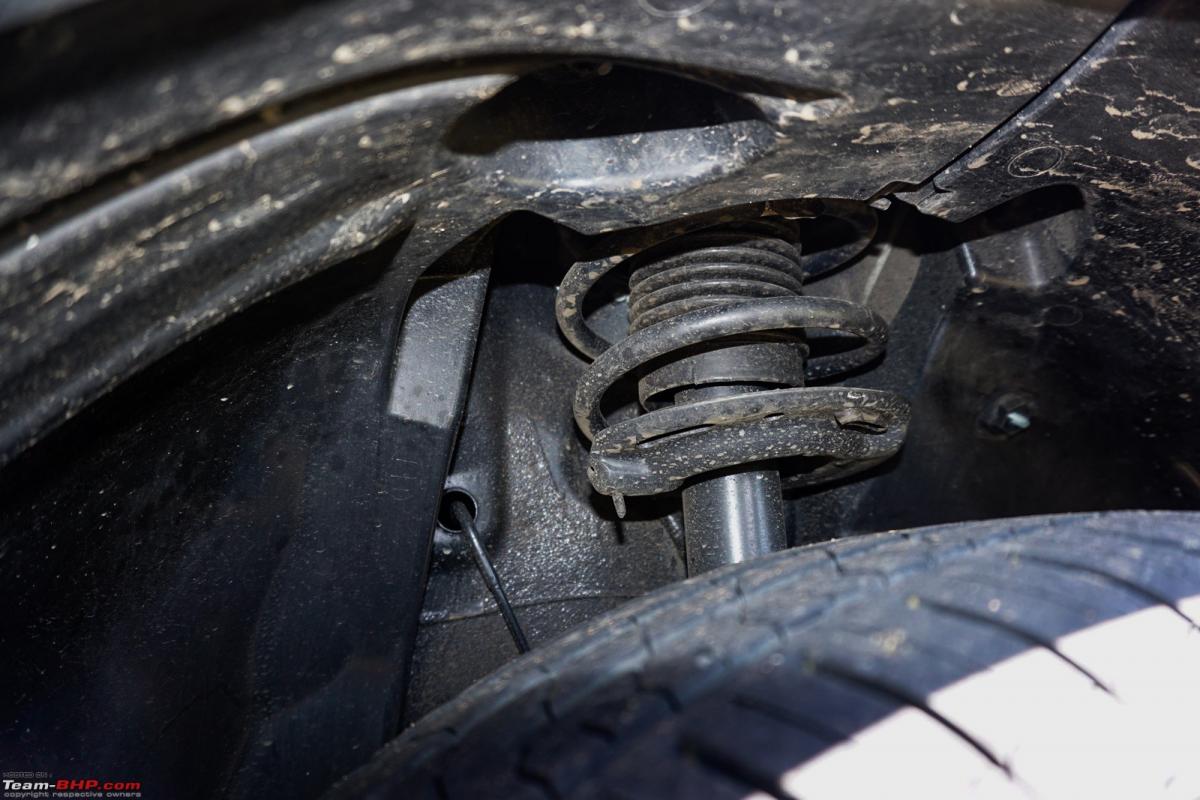
Ride Comfort
The Punch comes with a McPherson strut suspension at the front and a twist beam suspension with coil springs at the rear. The suspension tune is definitely on the firmer side here. Just like the Nexon, Tata has prioritized road manners over ride comfort. While the suspension is compliant enough, you are always aware of what kind of surface you are travelling on. The Punch can handle smaller bumps alright, but the bigger or sharper ones come in strong. All in all, you can live with the ride quality, but it’s not what we would call ‘plush’ at all. Cars like the Honda WR-V offer a far softer ride.
The 16" rims shod with 195/60 section tyres also contribute to the stiffer ride. Lower variants with the 185/70 R15 tyres will have a better ride due to taller tyre sidewalls. Further, the recommended tyre pressure is 32 PSI; you can drop it to 30 PSI only within the city. The good thing about such a suspension tune is that it doesn’t bounce around at 80-100 km/h. For a small crossover, it rides pretty nicely on the highway @ 100 km/h.
Handling & Dynamics
Suffice to say, the Punch has sorted road manners. Straight line stability is satisfactory and the car doesn’t feel nervous even at 120 km/h. Carry some speed around a long corner and the Punch holds its line well. Body roll is well-controlled for a car of this segment & the Punch moves well through the curves. What you will immediately notice when pushing the car hard is that the suspension setup & chassis can handle more than the 1.2L NA petrol has to offer. When is that turbo-petrol variant coming, Tata? Even the 195/60 R16 Apollo Alnac 4G tyres had no issue keeping up with us.
Steering
The electric power steering is light in the city and a lot of owners will appreciate that. Combined with the compact dimensions & taller seating, the Punch was easy to maneuver around Bombay. While Tata Motors hasn’t officially revealed the turning circle figure, engineers we spoke to confirmed that it’s just under 10 meters (turning radius = <5m). The steering does weigh up adequately as you gain speed on the expressway. However, one thing GTO noticed while coming down hard on the Lonavala Ghat was the steering weight being inconsistent through the corners. Sometimes it felt a little light, and sometimes it felt a little weighted. The weight & feel are both inconsistent. Further, the steering isn't particularly sharp or precise. Turning at speed feels like you’re moving it through clay! Frankly, this feels more like a Mahindra-tuned steering. Of course, the mass market won’t even know what we’re talking about, but for enthusiasts, it’s quite a boring EPS.
Braking
The Punch is equipped with disc brakes at the front and drum brakes at the rear. The brakes perform as expected. You also get cornering stability control = Tata says "CSC supports / stabilizes the vehicle during partial braking in curves by reducing pressure at the required inner wheel. This helps to reduce the probability of vehicle oversteer during cornering + braking".
Niggles & Problems
Since the Tata Punch uses a lot of components that have been in the market for a while (i.e. 1.2 NA engine and gearbox), is built on an existing platform, has loads of part sharing with other Tatas & presumably deploys an existing electronics architecture, we are hopeful it doesn’t have the kind of niggles we’ve seen other Tata owners (example, Harrier / Safari) suffer with. That being said, you should buy the extended warranty without a speck of doubt.
Continue reading the discussion on the 2021 Tata Punch on our forum.



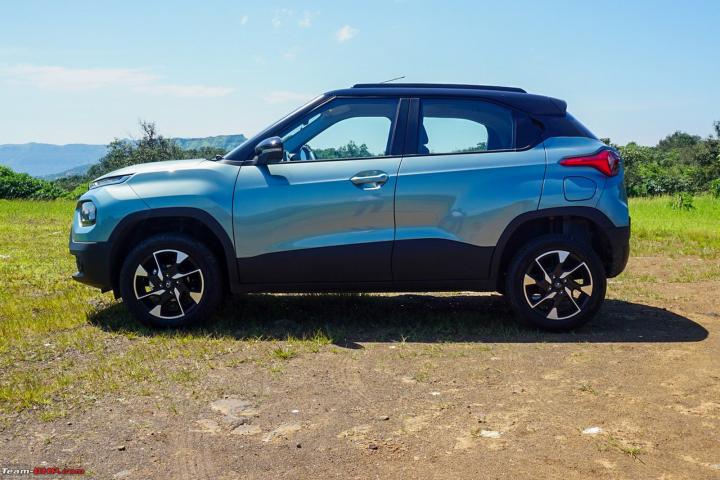





_1.jpg)






